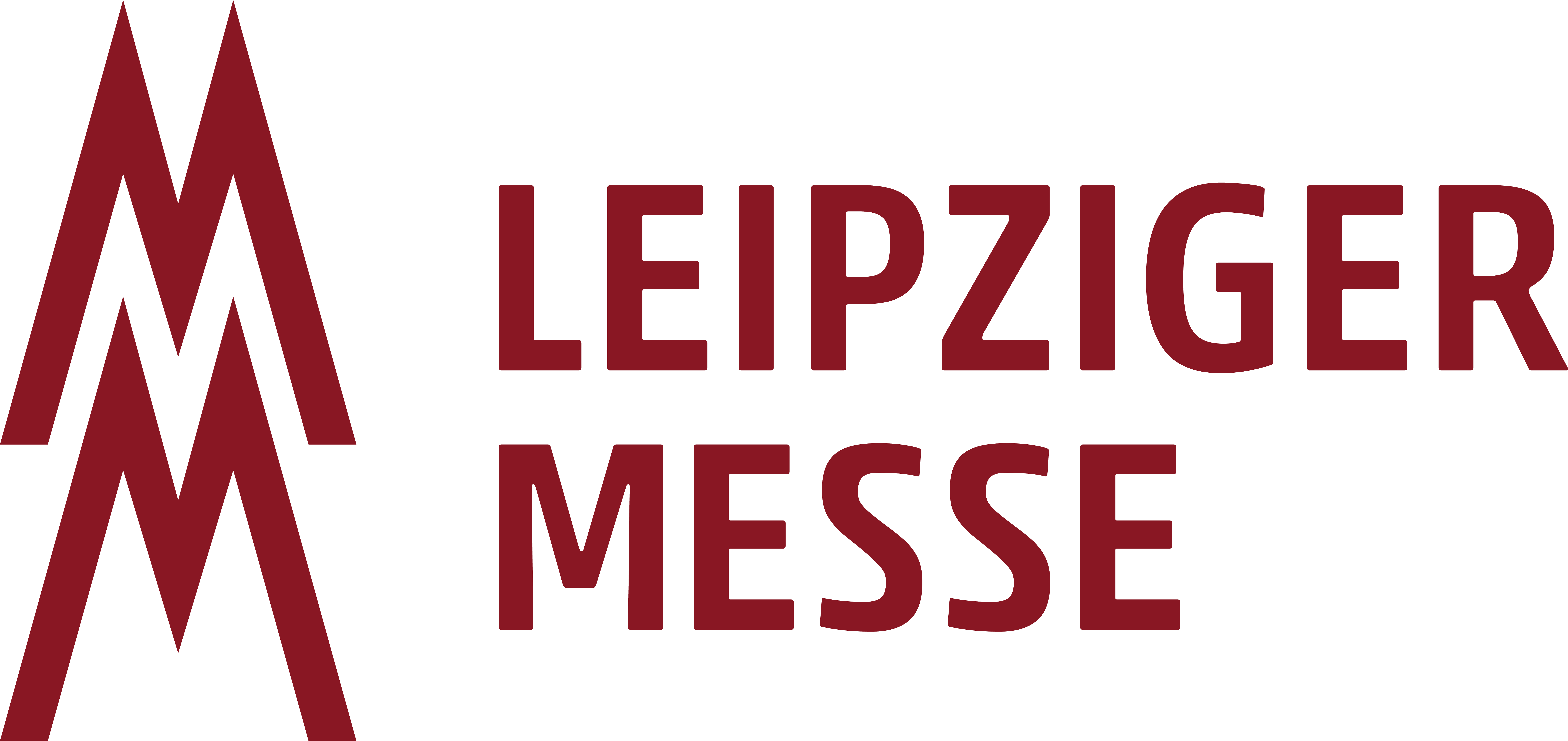News
News
50 Years of UNESCO World Heritage Convention – denkmal Joins the Celebration
A temple threatened with submersion by the construction of a dam provided the initial spark for the idea of UNESCO World Heritage. The Abu Simbel temple was dismantled in 1960 and rebuilt at a higher location. The international community agreed that the temple had outstanding significance not only for Egypt but for all of humanity. The idea of shared cultural heritage sites was born. In 1972, this idea was finally set down in a treaty and this year the UNESCO World Heritage Convention is celebrating its 50th anniversary.
Since then, the number of World Heritage Sites has grown to 1,154. These monuments and natural sites are spread across 167 countries. They are beacons that symbolise the heritage of humanity and these World Heritage Sites are still held in very high esteem, Carolin Kolhoff reports. She is Head of the World Heritage Division at the German Commission for UNESCO (DUK) and a member of the denkmal Advisory Board. The commission has set itself the goal of making the list of World Heritage Sites more balanced. A glance at the world map shows why – the heritage sites are largely concentrated in Europe. DUK and UNESCO World Heritage Sites Germany want to work together to support other countries in the nomination process. Kolhoff says this is a matter of "capacity building". At the same time, she explains that the process for recognising World Heritage Sites has changed.
Each national state is now permitted to make only one recommendation per year. In Germany, this is the responsibility of the Standing Conference of the Ministers of Education and Cultural Affairs (KMK), since cultural sovereignty is a matter presided over by the individual federal states. Candidates that have been approved by the KMK are added to the so-called tentative list where they then remain for a while. Evaluation by international experts takes at least a year and a half. Whether a monument or natural area is ultimately awarded the title of "World Heritage" – in other words, whether it is considered to have "outstanding universal value" – is determined by the World Heritage Committee. This committee is formed according to a global key and meets once every summer to make decisions about the candidates on the tentative list. This year the committee was supposed to meet in Russia. After the invasion of Ukraine, the conference was cancelled.
Kolhoff and the DUK are following the war in Ukraine with great concern. "To my knowledge, fortunately, no World Heritage Site has been badly damaged yet – but it's difficult to get reliable news," Kolhoff explains. It wouldn't be the first time. In Syria, Afghanistan, and Mali, cultural heritage was sometimes targeted for destruction with the intention of attacking national identity. Furthermore, monuments are threatened by extreme weather phenomena such as fires, floods, storms and earthquakes. We are experiencing this in Germany, too. Kolhoff mentions the parks in Dessau-Wörlitz, Potsdam and Bad Muskau as examples. Historic plants at these World Cultural Heritage Sites are suffering from drought. Urbanisation and mass tourism have also become a threat. Venice heeded the alarm just in time, Kolhoff says, but the historic harbour city of Liverpool, on the other hand, was removed from the list of Cultural Heritage Sites last year. The reason for the removal was massive structural changes.
Such cases should remain an exception. That's why the fitting motto for this year's UNESCO World Heritage Day on 5 June was "50 Years of the UNESCO World Heritage Convention – Preserving Heritage, Shaping the Future". As Europe’s Leading Trade Fair for Conservation, Restoration and Old Building Renovation, denkmal plays a central role in this, Carolin Kolhoff emphasises. "It's simply the perfect opportunity for me to converse with cultural heritage experts in all fields and at all levels in Leipzig. And not only with experts from Germany, but at the very least from throughout Europe, and partly worldwide as well." The trade fair is not only a valuable networking opportunity for industry professionals but also serves to increase awareness of the importance of cultural heritage preservation among interested members of the public and politicians. From a UNESCO perspective, the fact that denkmal takes place in November is also a perfect fit, as the World Heritage Convention was adopted by the first countries in November 1972.





